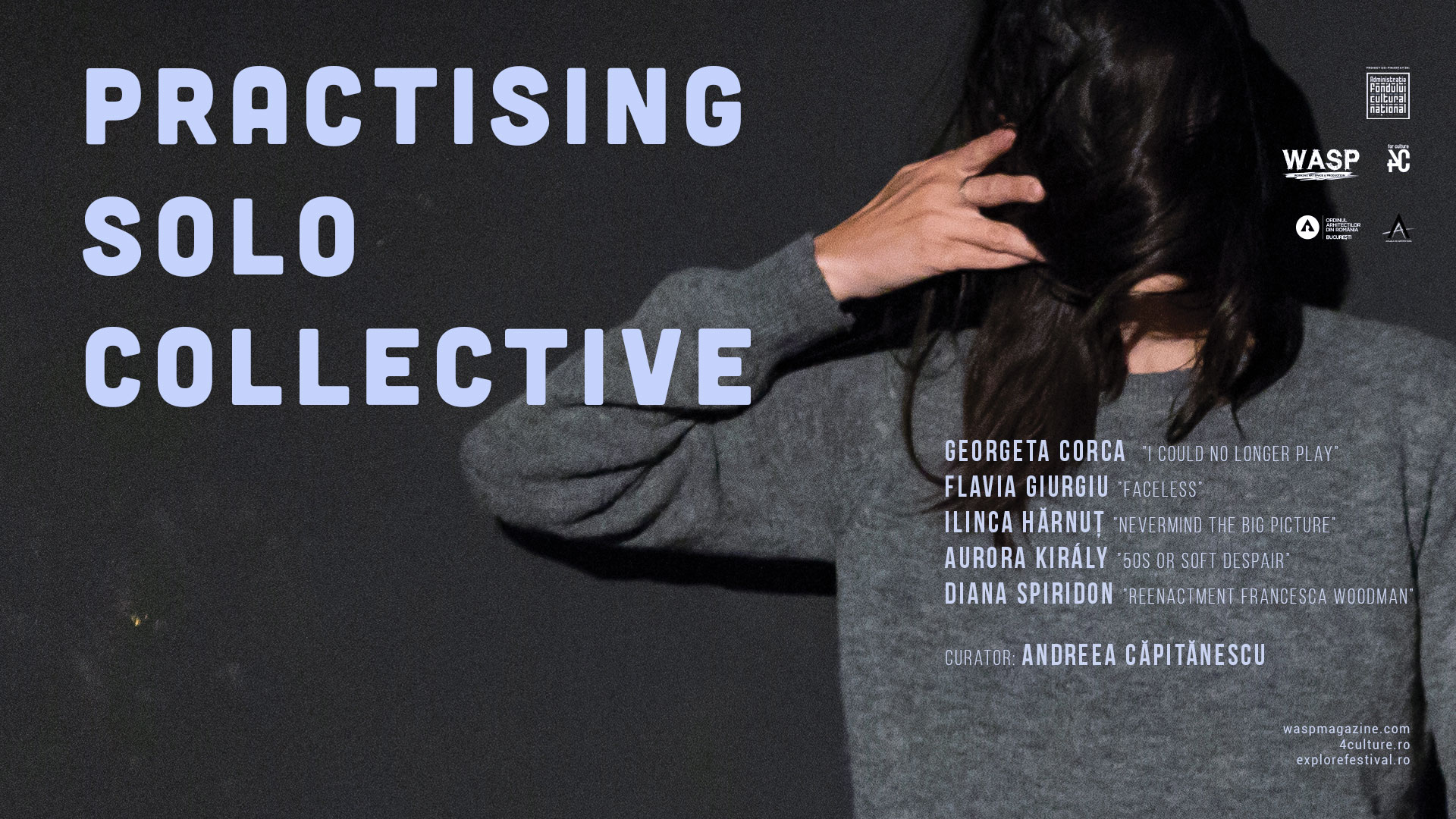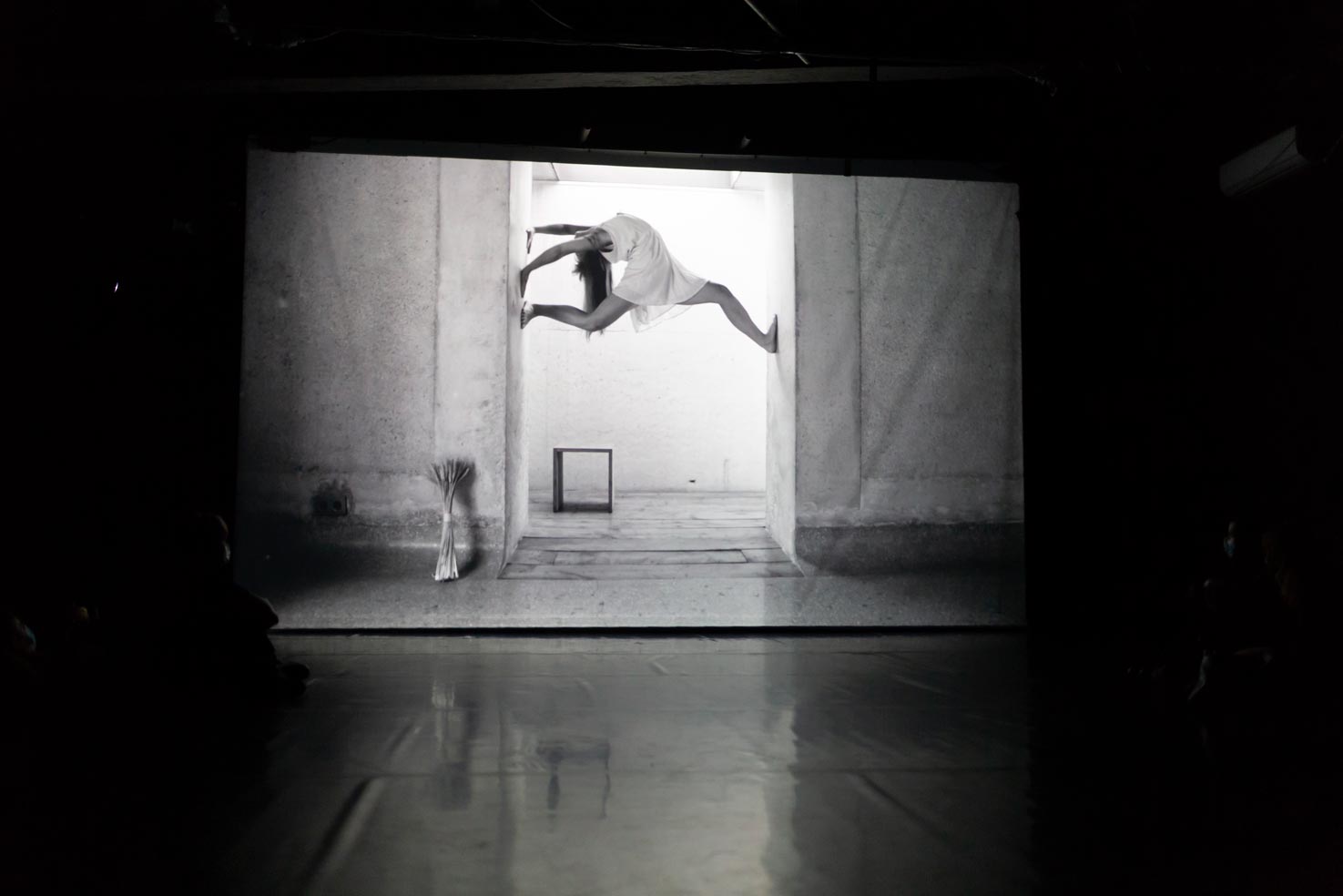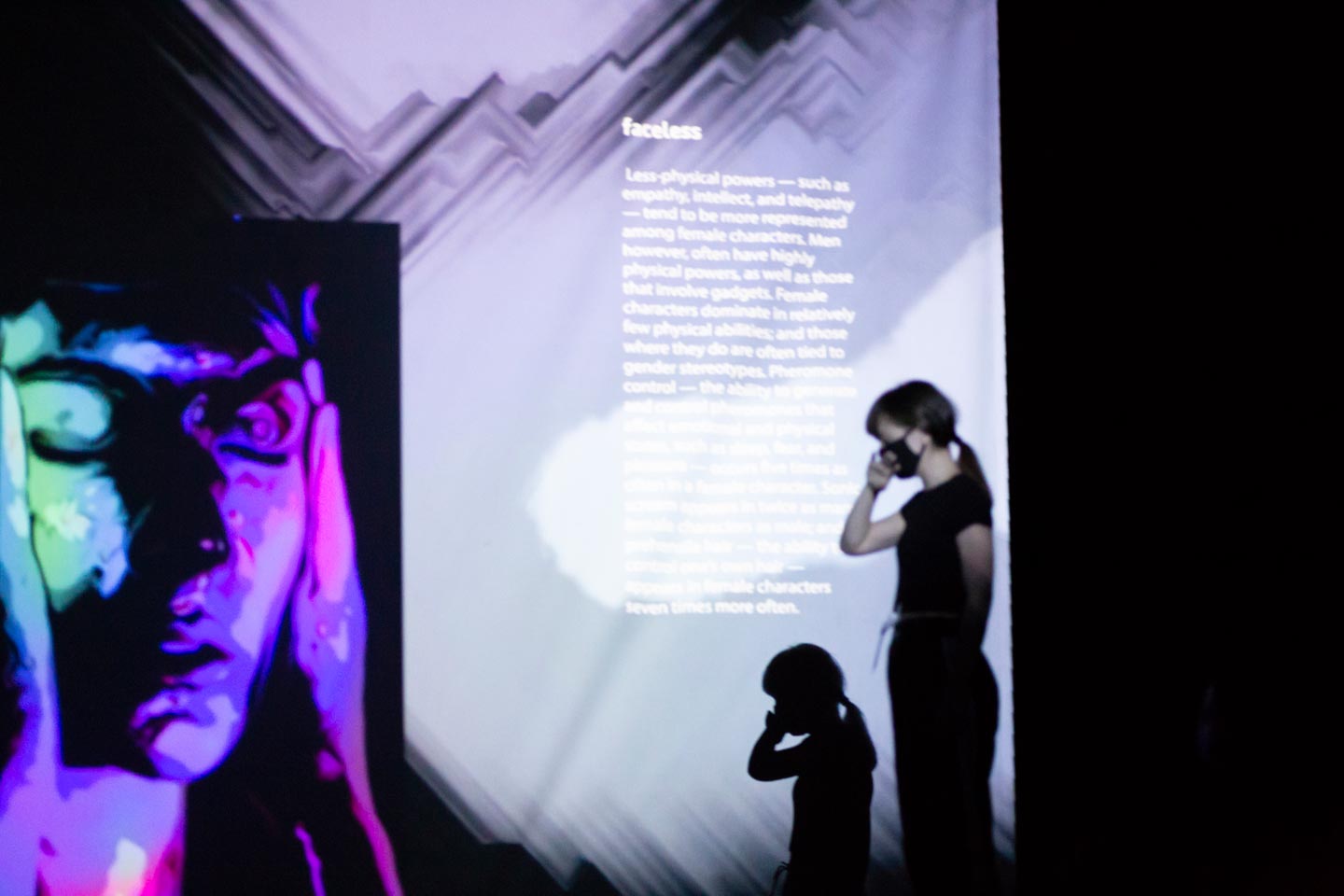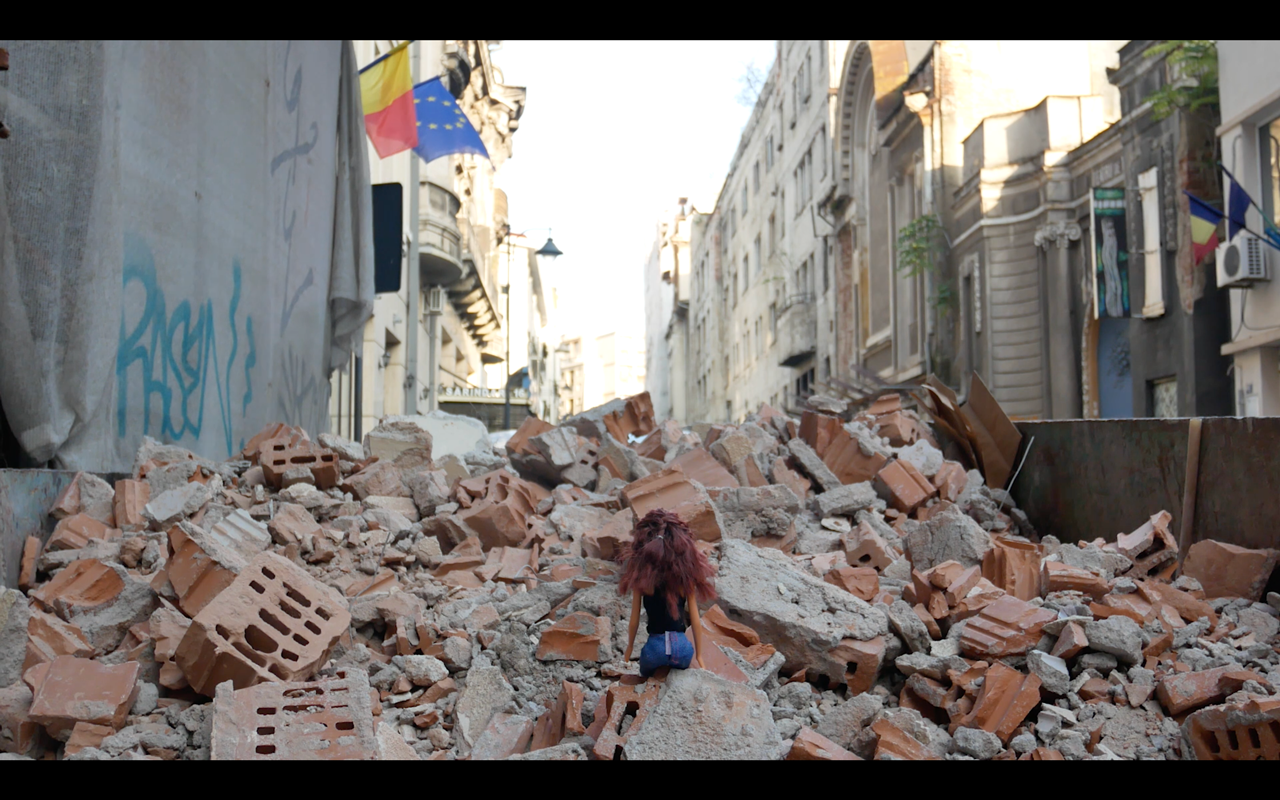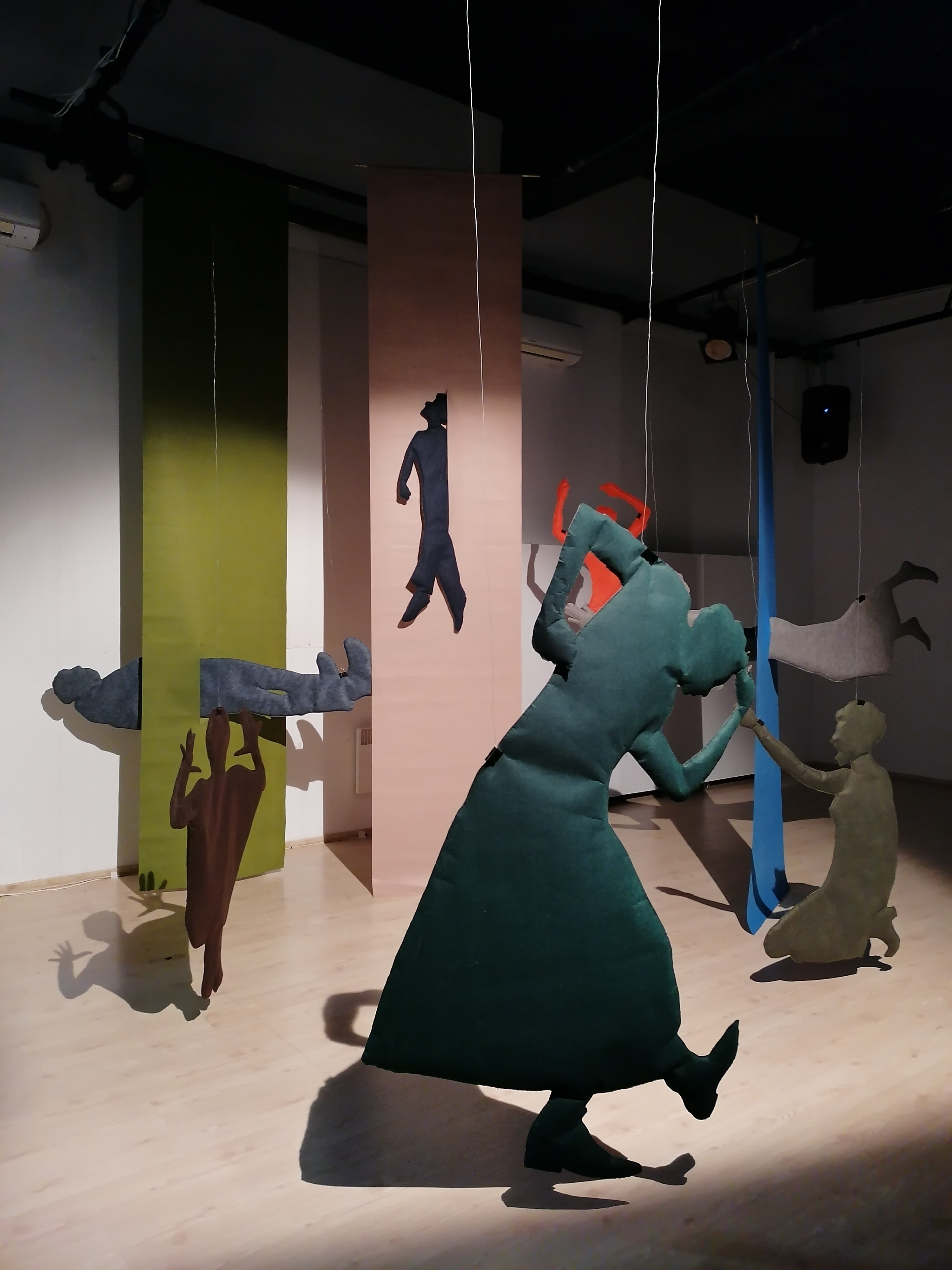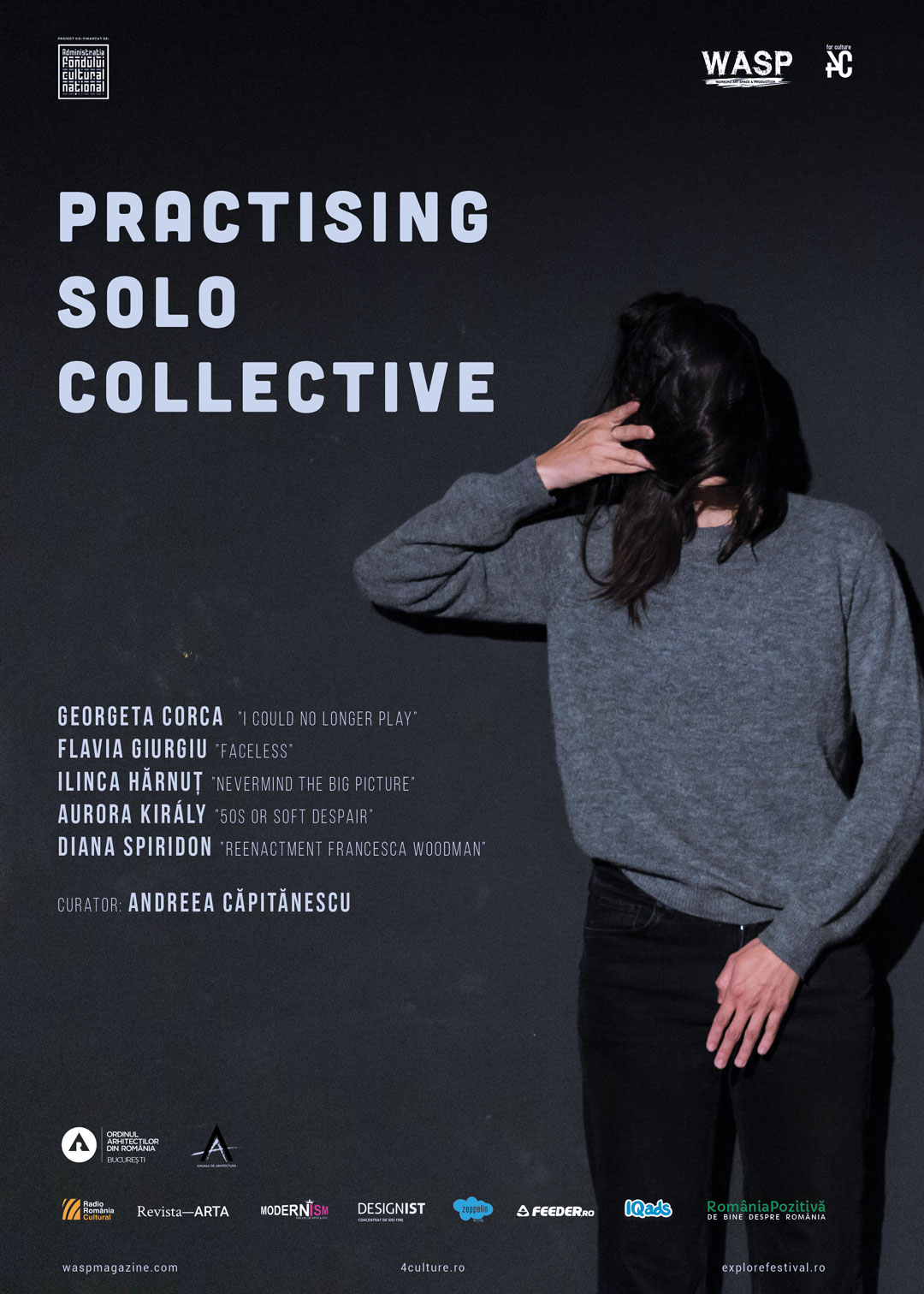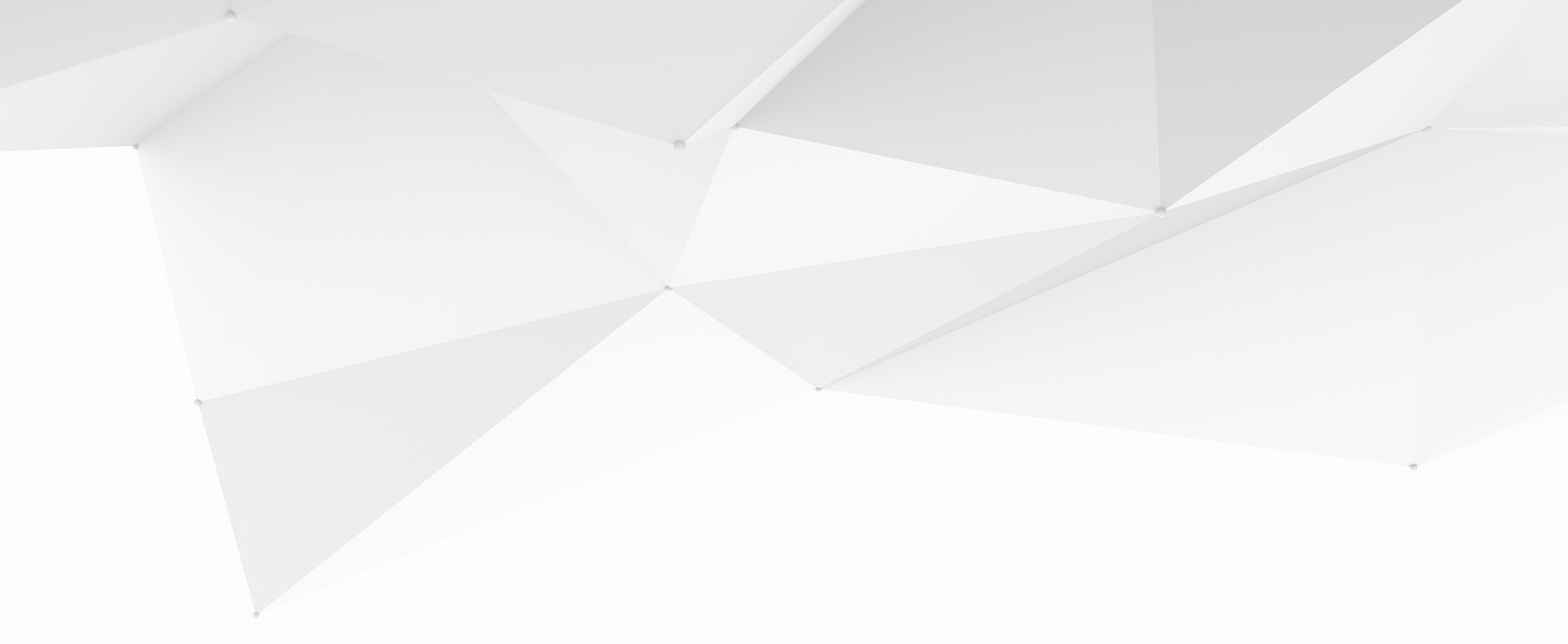Bucharest, October 21st 2020
Practising solo collective
Instalații și video performance-uri, prezentate în premieră în cadrul eXplore festival, ediția 15
WASP Studios presents in October the results of the project Practising solo collective, carried out online and at WASP Working Art Space and Production between July-October 2020, results consisting of new solo creations by Flavia Giurgiu, Geta Corca, Diana Spiridon, Ilinca Hărnuț, Aurora Király, curator Andreea Căpitănescu.
Practising solo collective is a collective research approach proposed by the curator of the project of a group of contemporary artists, that agreed to expose themselves and explore, in the personal creative process, information on practices and approaches belonging to female figures from different fields than those they commonly use in their current research.
Finding its inspiration in references – iconic images and films from art history, dance history and contemporary performance, „Practising solo collective” develops poems into images, it questions the relation with time, different levels of reality and image.
Through a cinematographic deconstruction, the project overexposes themes about identity and feminist experiment, both in the domestic space and in nature. The visual references include representative artists for the history of feminism, offering the historical perspective of diversity and evolutions of expression through dance, performance, photography and video-art
GEORGETA CORCA ‘I could no longer play’/ Performance video
Choreography and interpretation: Georgeta Corca
Image and editing: Alexandru Mihai
Music: Andrei Raicu
I could no longer play is a video tribute to photographer, Francesca Woodman, (April 3, 1958 – January 19, 1981). Those who die young are always shrouded in mystery, leaving us with questions about what they would have become if they had lived. Suicide is a taboo subject, which attracts fascination, especially when the person is known and talented. Francesca died at the age of only twenty-two, leaving behind an exceptional legacy. The film tells the story of Francesca and was created by reinterpreting some photos of the artist.
Georgeta Corca is a graduate of the “Andrei Mureșanu” Pedagogical High School in Brașov and a graduate of the Faculty of Theater within the University of Theater and Cinematography “I.L. Caragiale ”, Choreography section. Her training as a performer has its roots in artistic gymnastics and capoeira. Over time, she gained experience participating in numerous workshops and collaborated with various choreographers such as Thomas Stayert, Sergiu Matiș, Valentina de Piante Niculae, Simona Deaconescu, Inger Reidun Olsen and many others. She is the winner of the ALT National Choreography Contest 2014.
The film was presented at WASP Working Art Space and Production at eXplore festival #15, on October 17, 2020 and online on the facebook pages of eXplore festival, WASP Studios and 4Culture.
FLAVIA GIURGIU ‘Faceless’ / Performance installation
I forgot the faces. The light makes a streak on the wall. I can remember the shape. I look there until the streak widens and the light grows larger and I enter in that space completely.
And I remember.
All.
All I have forgotten.
Flavia Giurgiu graduated ”Octavian Stroia” Dramatic Art and Choreography College and Faculty of Theatre and Television, ”Babeș-Bolyai” University. Cluj-Napoca. In her artistic practice, Flavia wants to combine the scenic movement and contemporary dance with the performative art and also with the theatrical space. In 2019, Flavia Giurgiu was invited as performer within the new production, MONUMENT 0.8 Manifestations, by Eszter Salamon, a Studio E.S / Elodie Perrin and WASP Studios production, curated by Andreea Căpitănescu. The work was presented for the first time at Kaaitheater, Bruxelles, within Europalia Arts Festival in January 2020.
Faceless was presented at WASP Working Art Space and Production at eXplore festival #15, on October 17, 2020 and online on the facebook pages of eXplore festival, WASP Studios and 4Culture.
ILINCA HĂRNUȚ‚ Nevermind the Big Picture’ / Performative Video Installation
The installation explores the ambivalent relationship of the contemporary individual with reality, the inert sliding on the concrete surface towards the hypnotic vortex of the hyperreal. Initially inspired by the way Laurie Simmons uses dolls as avatars of the author in a quasi-utopian world, the installation “Nevermind the Big Picture” uses the immobility of the two toy women as a bridge between the oppressive and dysfunctional reality captured in the video projection and the rhythmic video frenzy of the small screen. The two dolls function as symbolic representatives: artificial figurines, optimized, in line with social expectations and the pressure to embody the lack of reaction and freezing into beauty, materializing the ideal of femininity that we still can not get rid of.
Ilinca Hărnuț is an actress, screenwriter and multimedia artist. She graduated from UNATC I. L. Caragiale, acting department, and is currently a PhD student at UNARTE. Through the work of cross-sectoral artistic research, she tries to explore the areas of intersection between reality and fiction and how to recompose reality as fiction and through the prism of fiction.
The Nevermind the Big Picture installation was presented to the public for the first time at eXplore festival # 15, on October 17 and 18, at WASP Working Art Space and Production and online on the facebook pages of eXplore festival, WASP Studios and 4Culture. The installation can be visited until October 25, by appointment by email at contact@waspmagazine.com.
AURORA KIRÁLY ‚50s sau Soft Despair’ / Installation laboratory
“50s or Soft Despair” is an installation about the biological and psychological threshold of middle age, about moments of balance and analysis, about impulses coming from society at a time when new changes in perception are required; but also about ‘dumb’ states, about unrecognized or unaccepted desires, about the remodeling of identity at different ages.
The installation uses a series of female silhouettes in selected positions in the dance area (following artists who forced creative barriers – conceptually or through the way they used movement and body, but also forgotten artists, whose contribution is under / reevaluated), relying on a sculptural theatricality: the silhouettes illustrate both idealized or romantic bodies and movements and bodies that speak of female power and determination or of conflicting states, etc. The silhouettes intersect these vertical planes, a balance between abstract elements with a scenographic / background role and these figurative presences – body ‘solos’. All elements are made of felt, a material that has both softness and firmness.
Quoted artists: Mary Wigman, Meredith Monk, Lucinda Childs, Yvonne Rainer, Marie Chouinard, Mette Ingvartsen, Mette Edvardsen.
Aurora Király approaches the field of contemporary art from various perspectives, as an artist, curator, cultural manager. She has been teaching at the Department of Photography and Dynamic Imagery of the National University of Arts in Bucharest since 2007. Her current works call into question the sources the contemporary artist uses in choosing the themes and how he or she relates to the recent context / history / art history. She is also preocuppied by the influence of international trends and the art market on artistic production, the creation and practices of artists who “listen” and assume their own “voice”.
The 50s or Soft Despair installation was presented to the public for the first time at eXplore festival # 15, on October 17 and 18, at WASP Working Art Space and Production and online on the facebook pages of eXplore festival, WASP Studios and 4Culture. The installation can be visited until October 25, by appointment by email at contact@waspmagazine.com.
DIANA SPIRIDON‚ Reenactment Francesca Woodman’ / Performance
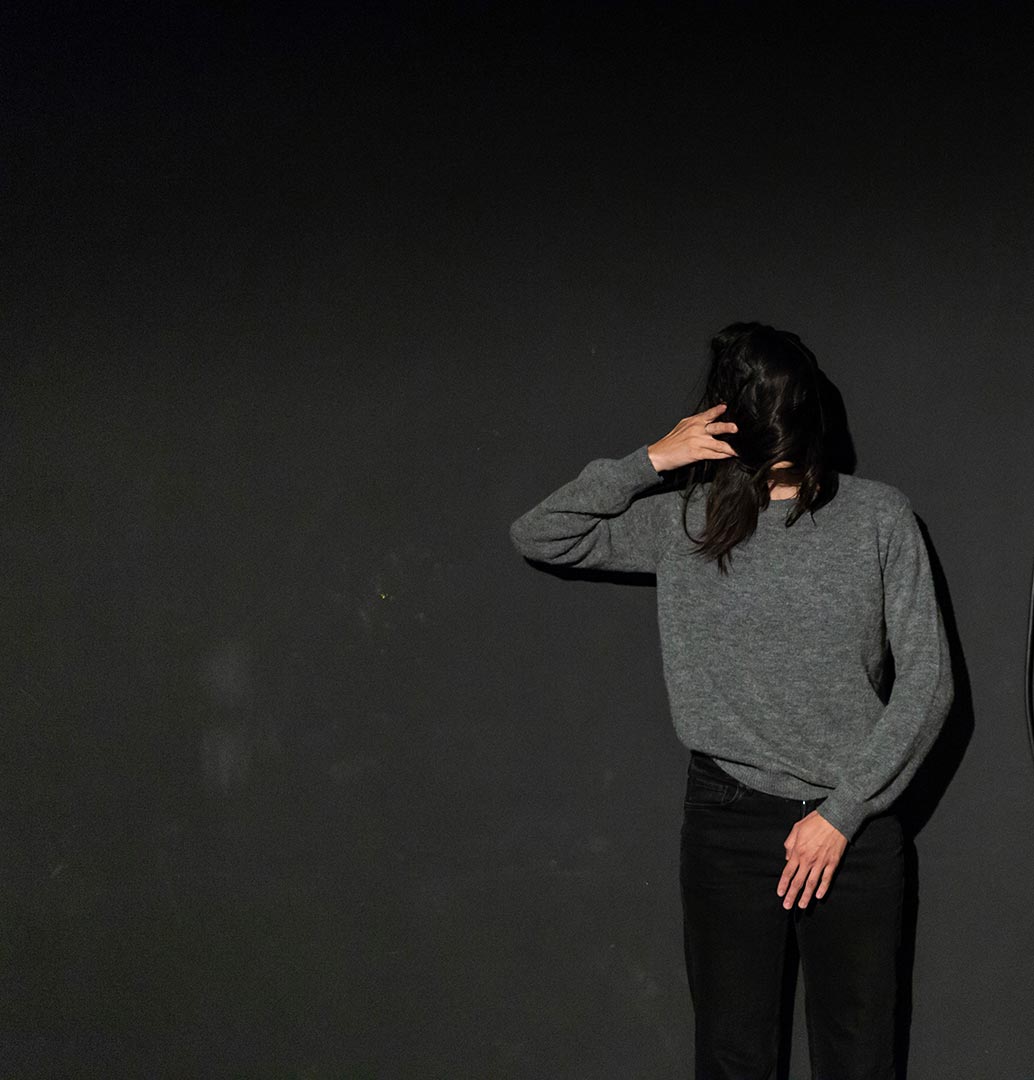
The idea for the solo started with the publication of the writer Charlotte Perkins Gilman, ‘The yellow wallpaper’, from 1892. The work, a symbol of the American feminist current, has as main character a woman suffering from a mental illness, as a result of which she becomes obsessed with the wallpaper of the room in where she lives. We found a similar atmosphere in the photos of the artist Francesca Woodman. The solo is a reenactment of selected works of the artist, some of them becoming stylized in motion. Together with some recorded passages from the short story, they will be the sound background of the performance, forming a connection between the two artists.
Diana Spiridon graduated in 2007 from the “Floria Capsali” Choreography High School in Bucharest, and in the period 2007-2009 she studied in the ‘Bachelor of dance’ program at the Rotterdam Dance Academy, CODARTS – University of Arts. In 2013 she was part of the project “An immaterial retrospective of the Venice Biennale” created by Alexandra Pirici and Manuel Pelmuș, presented at the Venice Biennale of Contemporary Art.
The performance ‘Reenactment Francesca Woodman’ was presented to the public for the first time at eXplore festival # 15, on October 17, at WASP Working Art Space and Production, and online on the facebook pages of eXplore festival, WASP Studios and 4Culture.
PRACTISING SOLO COLLECTIVE
Production: WASP Studios
Co-producer: 4Culture Association
Project co-financed by the Administration of the National Cultural Fund.
Partners: The Romanian Order of Architects – Bucharest, Architecture Annual Bucharest 2020
The project does not necessarily represent the position of The Administration of the National Cultural Fund. The Administration of the National Cultural Fund is not responsible for the content of the project or the manner in which the results of the project may be used. These are entirely the responsibility of the funding recipient.
Media partners: Radio Romania Cultural, Modernism, Zeppelin, Revista ARTA, Designist, feeder.ro, IQads, Romania Pozitiva
